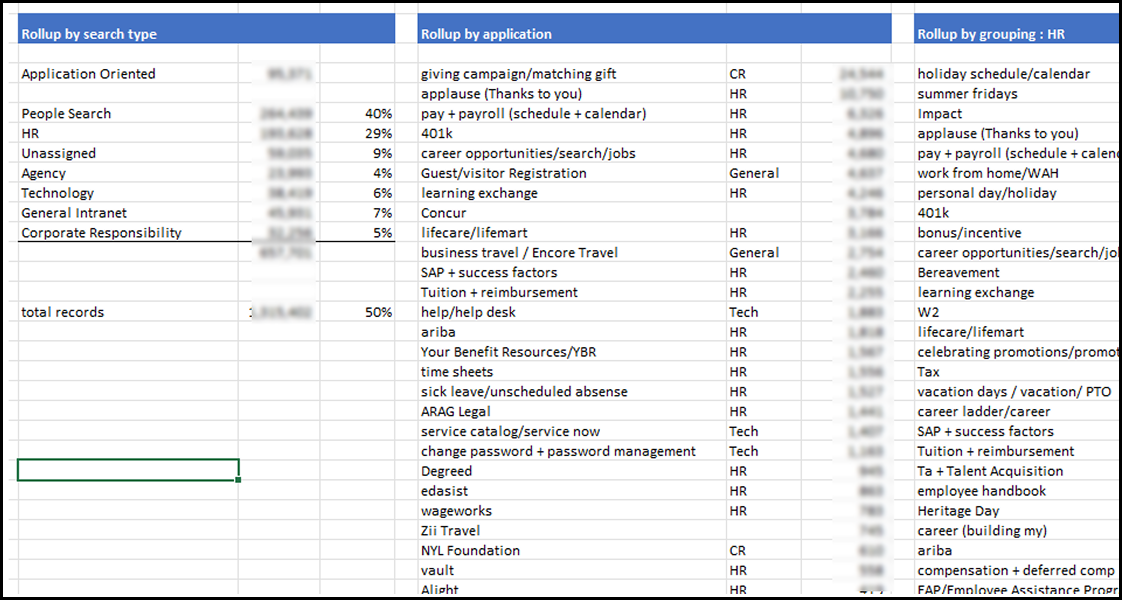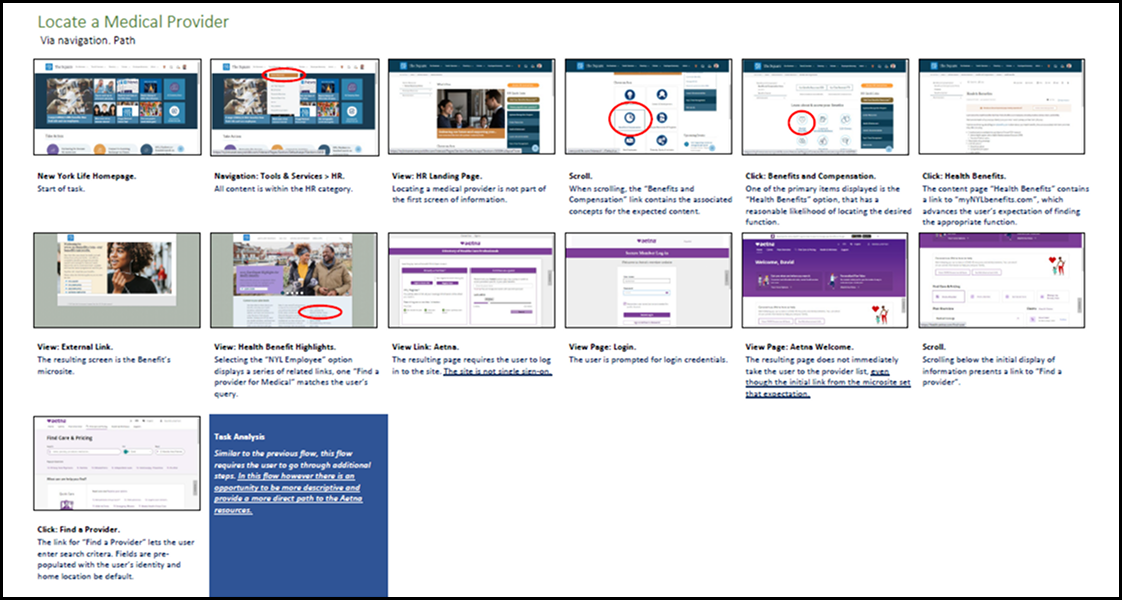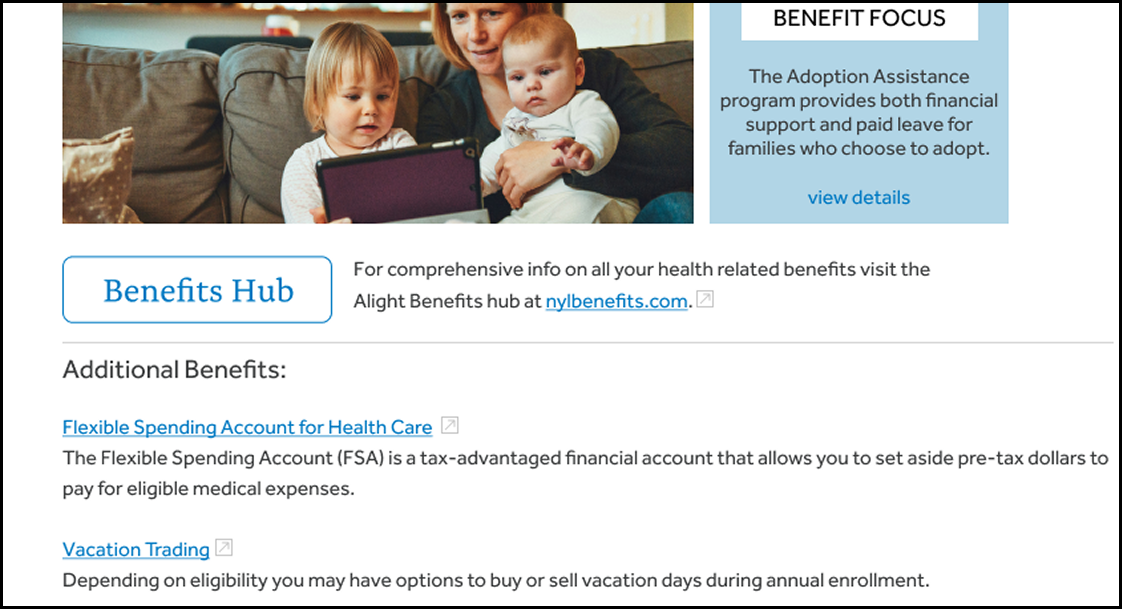
While appropriate presentation materials were created, there needed to be greater collaboration between key business areas to keep the project on track.
It was not enough that everyone was nodding their heads independently, they needed to nod their heads collaboratively in order for the project to move forward. Data analysis needed improvement.
Despite this being identified early in the process, additional statistical tools needed to be implemented that were more business friendly. In development is a heat mapping tool to take raw statistics and make it immediately accessible.
Convincing business partners that content maintenance needs to be a priority can be challenging and will continue to be so as content is not seen as a day-to-day responsibility of the group.



To clarify what was taking place I set upon an investigation process, and the first thing that was uncovered there was little statistical information being collected. To rectify this instituted a project to install relevant analytics and systematically collect data as a 6-month cadence, with a longer-term goal of performing a comparative analysis over time, period over period and as time passed year over year, as many of the events that were statistically relevant were cyclical in nature.
Additionally, I looked at the search analytics to see what people were searching for, followed by a heuristic evaluation of content, to see how effective the content was, when it was found by the audience.
From here I turned to task analysis performing a Red Route analysis. A Red Route analysis is designed to identify and prioritize the most critical tasks or interactions that users need to accomplish. The term "red route" originates from transportation planning, where red routes are major roads that need to remain free flowing for essential traffic.
Through the search, statistical, Red Route and Heuristic analyses I was able to develop and communicate some key findings. These findings were presented to management, stakeholders and were eventually presented at a 2024 HR Intranet conference.
Through a deeper statistical analysis and many presentations to stakeholders my recommendations were accepted to adjust the information architecture of Human Resources content. This action has resulted in a 50% elevation in relevant search content for key tasks.
Presentations and mentoring of key content contributors have led to a redefining of HR content. New content included the ability to complete tasks, leading to increased user satisfaction. Content providers are now on a bi-annual cadence to monitor and update content, as a result of demonstrating the key business need to making content management a priority.
Initial wireframing and strategy sessions have set off 2025 projects to develop focus areas for both new hire and managers. Through UX thought leadership these projects will strengthen the onboarding cycle and provide managers a means to collaborate and obtain key resources.
Throughout the year long project, many tools and techniques were used, many of which are specifically identified.